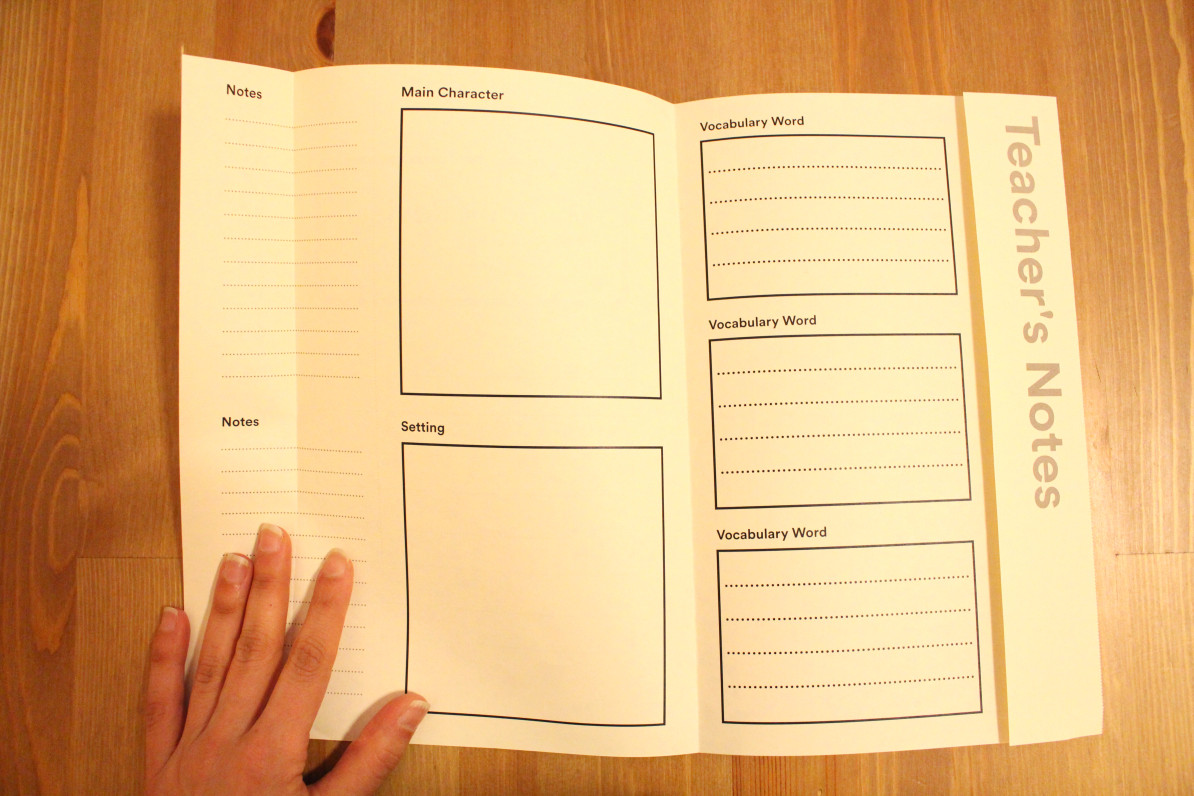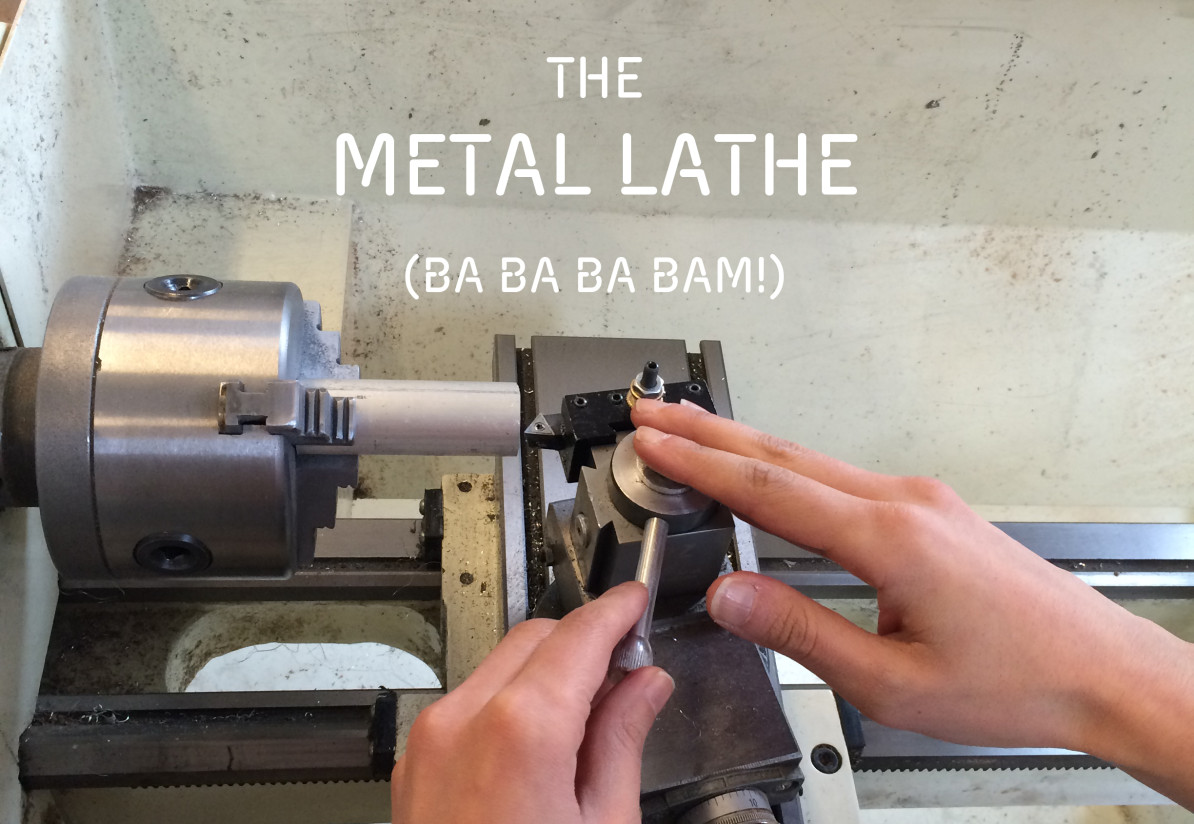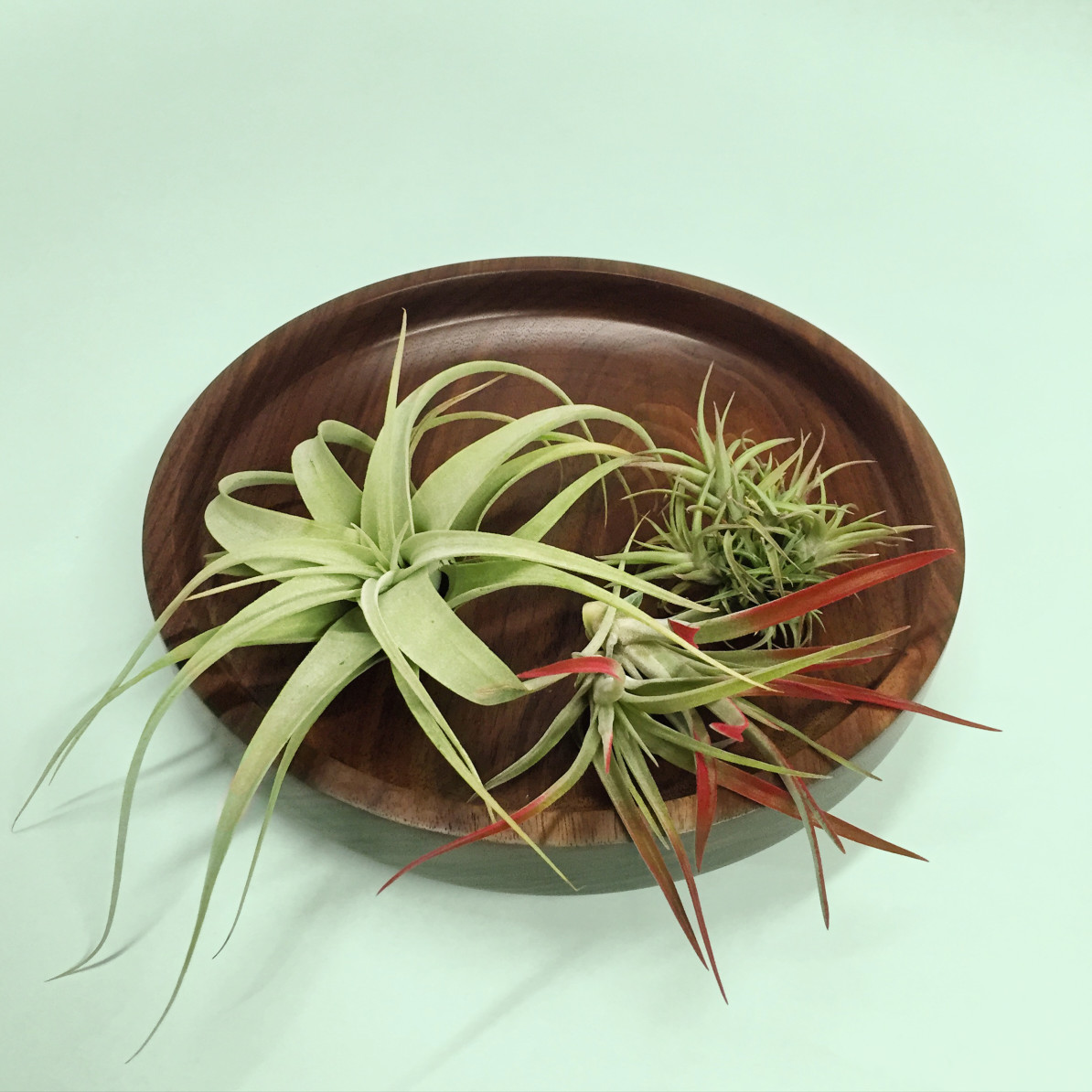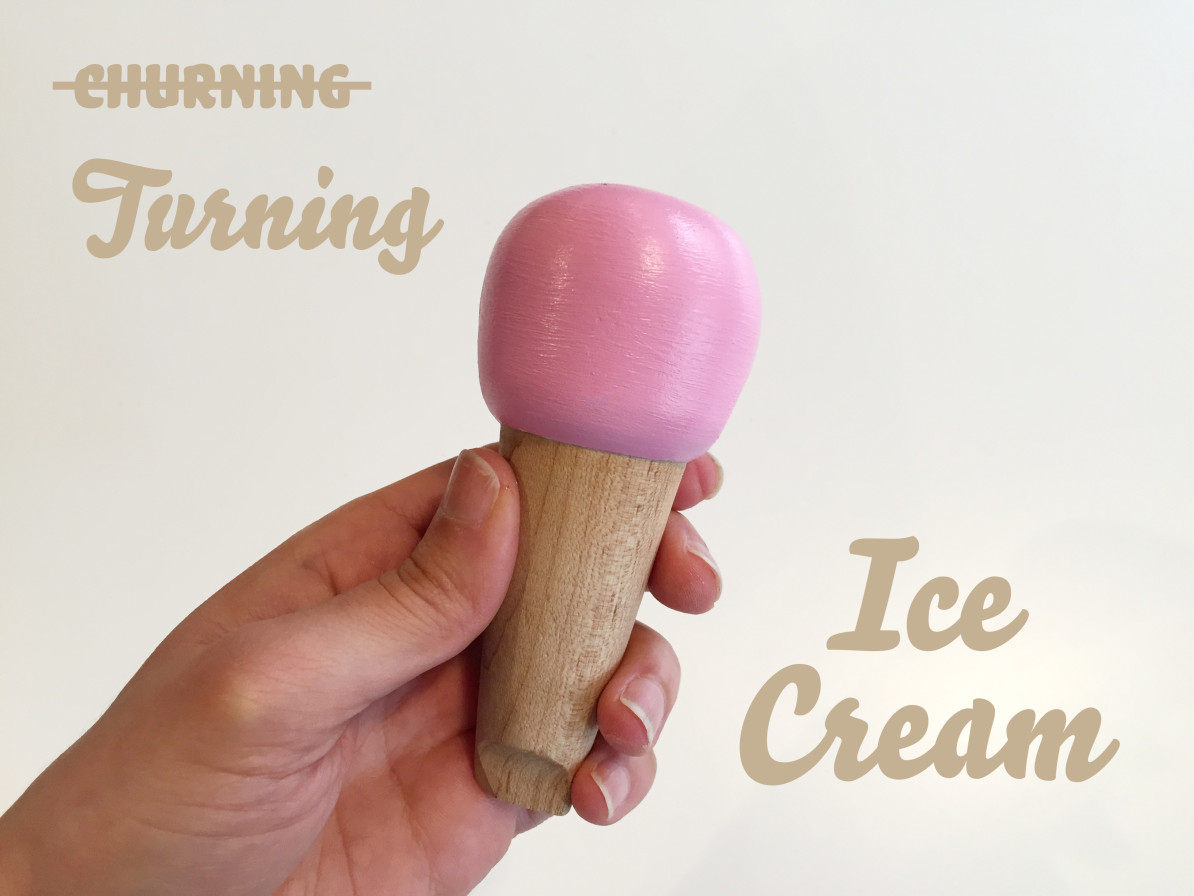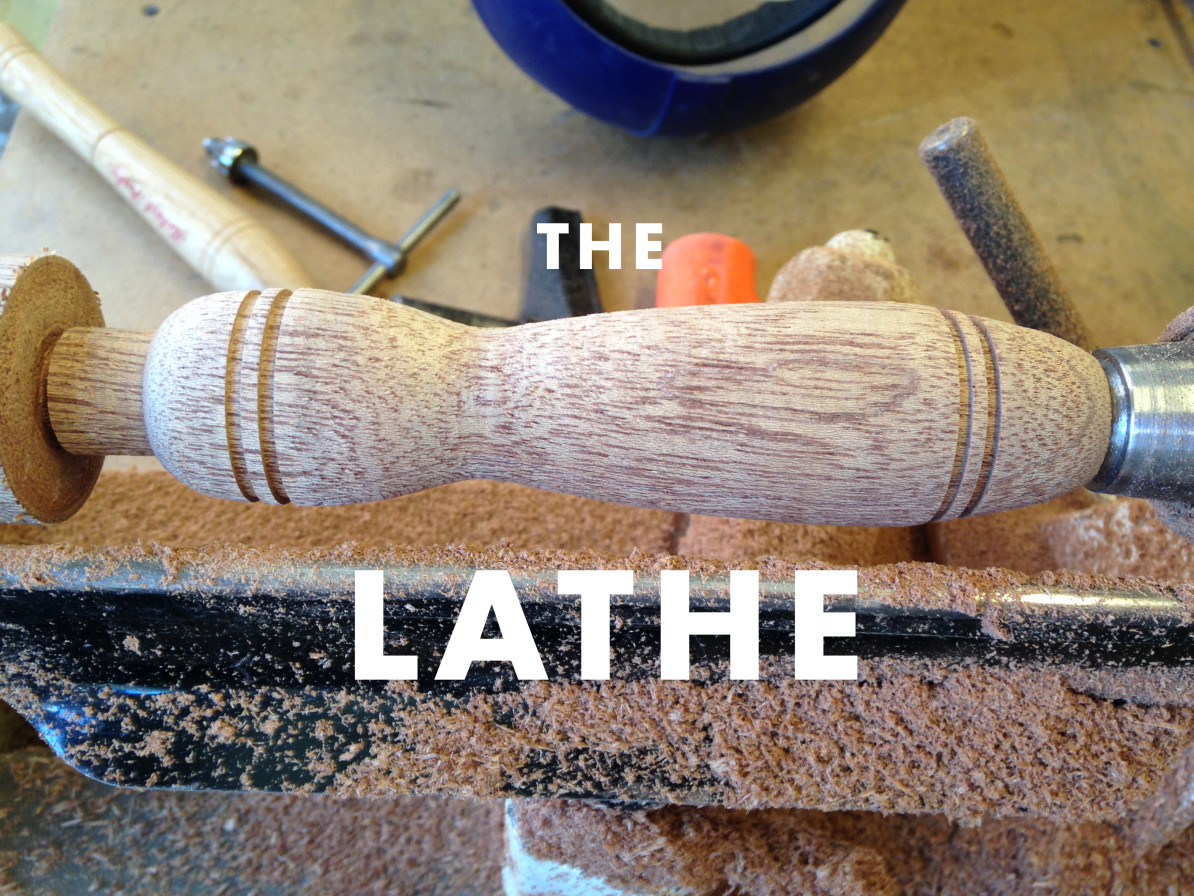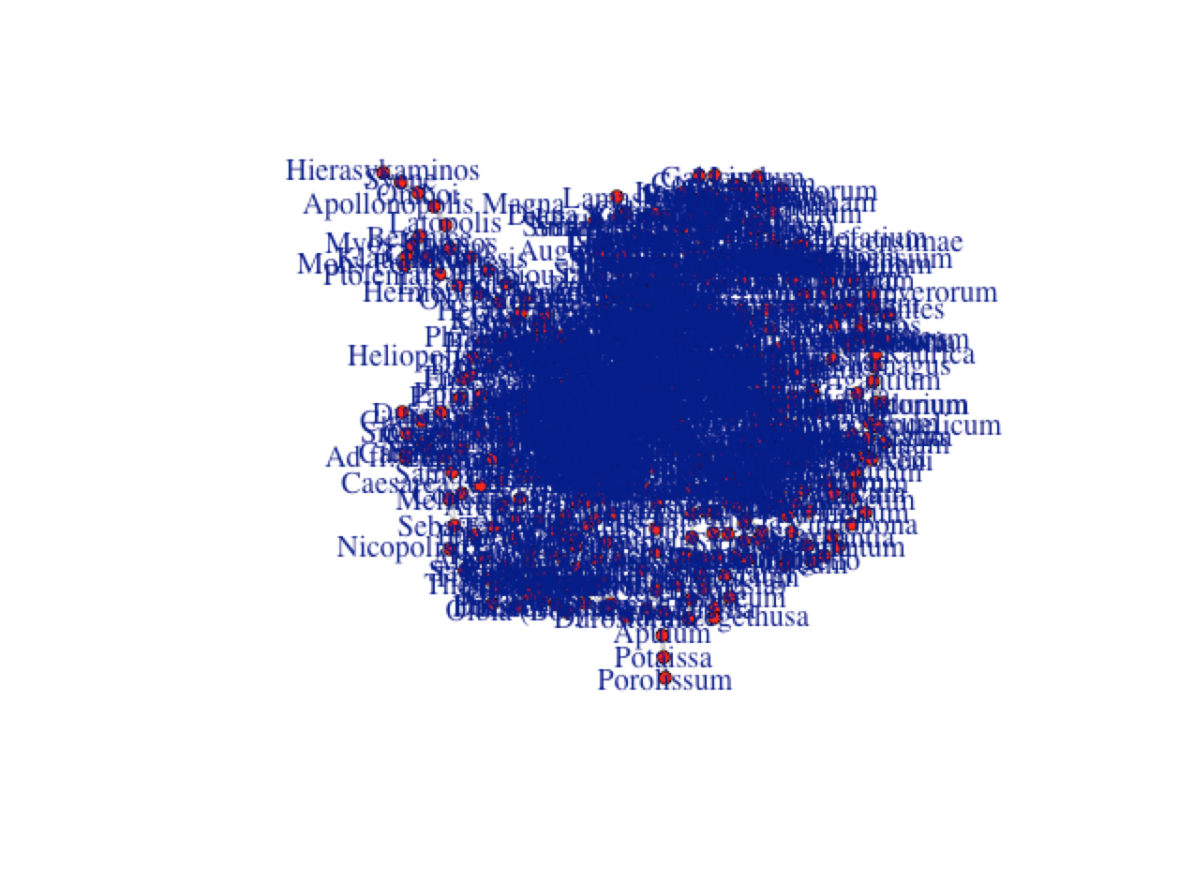Exposure Bracketing
For this exercise, I wanted to experiment with the brightness of the image, resulting in the shutter speed settings. For this I used exposure bracketing, which allowed me to set a range of shutter speed settings and to take three consecutive photos, each being at different settings with out having to manually change the settings in between shootings. The first image had an average exposure (0), and was in alignment with the aperture settings: The […]

